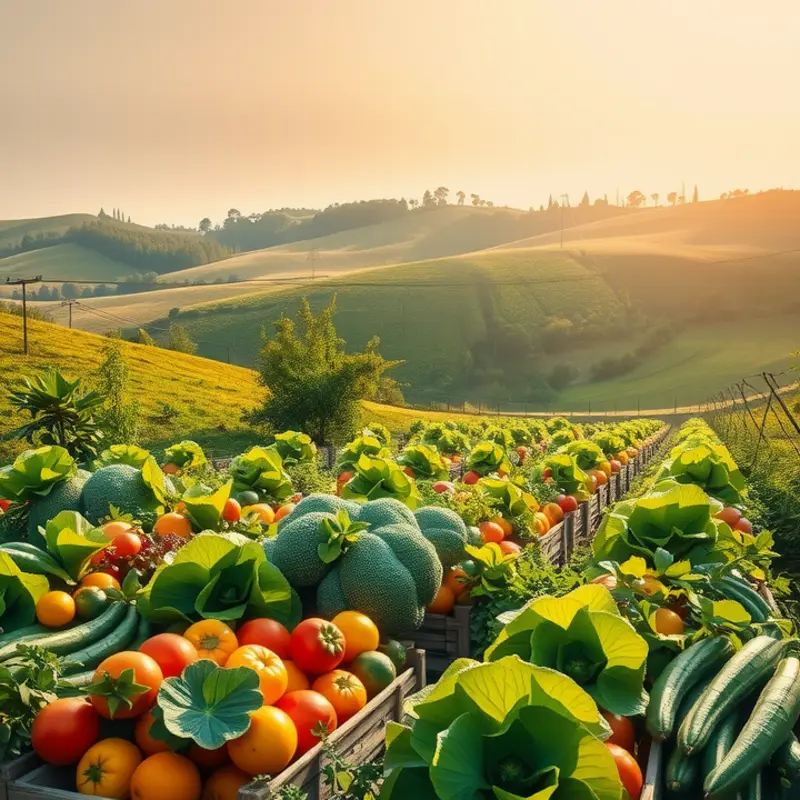Embracing a gluten-free lifestyle doesn’t mean sacrificing flavor or texture in your cooking. This guide presents essential gluten-free grains, offers practical tips on substitutions, and provides flexibility for diverse culinary adventures. Whether you’re an experienced chef or a home cook, understanding these nutritious alternatives enables you to create meals that are both delicious and health-conscious.
Essential Gluten-Free Grains

Navigating the world of gluten-free cooking begins with understanding the range of grains available to you. While traditional grains like wheat, barley, and rye are off the table, there’s a buffet of nutritious and versatile gluten-free options. Each offers unique flavors and textures that can revolutionize your culinary repertoire.
Quinoa stands as a popular choice for gluten-free diets, not just for its versatility but also its nutritional profile. With a subtle nutty flavor and a fluffy texture, quinoa can easily replace rice in many dishes. It’s also a complete protein source, containing all nine essential amino acids, making it ideal for those on plant-based diets seeking easy-to-consume protein sources. Its quick cooking time is a bonus—for tips on saving time in the kitchen, check out our speedy seafood prep guide.
Amaranth, another ancient grain, brings a delightful earthy taste and a chewy texture to dishes. It doesn’t fluff up like quinoa, but its porridge-like consistency when cooked is perfect for hearty breakfast bowls. Amaranth is an excellent source of iron, magnesium, and phosphorus, catering to those looking to enhance their nutritional intake.
For a grain with a bit of sweetness, millet might be your go-to. Millet’s alkaline nature can help to balance out overly acidic meals, providing a gentle, comforting base. When cooked correctly, it takes on a delicate, fluffy texture that’s perfect for pilafs. Toasting millet before cooking enhances its naturally sweet and nutty flavor.
Sorghum is yet another treasure trove of possibilities. This grain has a mild, slightly sweet taste and remains chewy, even after cooking, making it a favorite in salads. Sorghum is also packed with antioxidants, fiber, and protein, supporting overall health.
Then there’s teff, the super tiny grain famous for being a staple in Ethiopian cuisine. Its slightly nutty and sweet flavor profile can enrich bread, porridges, and even cookies. Teff flour acts as an excellent alternative to traditional wheat flours when baking.
Buckwheat, often mistaken for a grain, is actually a seed loaded with nutrients. Its strong flavor makes a hearty addition to pancakes or soba noodles. Known for its high fiber and mineral content, buckwheat supports digestive and cardiovascular health.
Finally, the humble brown rice is a staple in gluten-free diets. Its neutral flavor and soft texture can complement both savory and sweet dishes. Rich in manganese and containing essential fatty acids, brown rice also provides a solid nutritional foundation.
Each of these grains presents unique cooking opportunities and nutritional benefits. Experimenting with different gluten-free grains can enrich your cooking and invite new flavors and textures into your meals. Explore the versatility of these grains and enjoy their natural goodness.
Easy Substitutions for Cooking

Navigating the landscape of gluten-free cooking can be daunting, but with a few smart swaps, your favorite recipes can remain on the menu. Grain substitutions not only ensure gluten-free cooking but also introduce diverse flavors and textures.
Start with rice flour as a substitute for wheat flour in baked goods. Use a 1:1 ratio with an addition of a binding agent, such as xanthan gum, to mimic the elasticity gluten provides. Adding one teaspoon of xanthan gum per cup of rice flour often works well in breads and cakes, ensuring a moist, tender crumb.
Quinoa, a complete protein, is an excellent stand-in for couscous or bulgur. To achieve a pleasing texture similar to these grains, cook quinoa with a 1:2 ratio of quinoa to water. Rinse quinoa thoroughly to remove its natural coating, saponin, which can impart a bitter taste.
Buckwheat groats offer a nutty alternative to traditional oatmeal for breakfast bowls. Cook one cup of buckwheat groats in two cups of water for approximately 15 minutes. These quick-cooking groats work well with both sweet and savory toppings, giving a satisfying start to your day.
Cornmeal is another versatile substitute, often used for a gluten-free twist on cornbread or as a crunchy coating for proteins. Opt for a medium-grind cornmeal for a similar texture to regular flour when coating meats or vegetables.
Millet, a small seed with a mild flavor, is perfect for pilafs or as a rice substitute. Use a 1:2.5 ratio of millet to water. Toasting the millet before cooking enhances its nutty flavor and adds depth to your dishes.
Sorghum flour is an underutilized option that works well in a 1:1 swap for wheat flour in pancakes and cookies. Known for its mild, slightly sweet taste, sorghum brings a gentle texture to gluten-free baking.
Amaranth, similar in size to quinoa, can replace polenta or grits. To create creamy amaranth, cook one cup of amaranth seeds in three cups of liquid. Stir continuously to achieve a porridge-like consistency. Amaranth’s slightly earthy flavor pairs beautifully with bold ingredients like chilis or smoked meats.
For those seeking variety in their pasta dishes, rice noodles or bean-based pastas serve as effective gluten-free options. These pastas often cook faster than traditional wheat pasta, making them a convenient choice for quick meals.
Experimenting with these substitutions can lead to newfound appreciation for the diverse group of gluten-free grains. For more flavor-boosting ideas in gluten-free cooking, you might find inspiration in this guide to flavor boosters. Embrace the challenge, and soon you will navigate any recipe with ease while ensuring every meal remains delightful.
Final words
Navigating gluten-free grains opens a world of culinary possibilities, empowering home cooks and health-conscious individuals to enjoy diverse flavors and textures. With a solid understanding of essential grains and easy substitution tips, you can create nourishing dishes that everyone will love. Remember to explore, experiment, and adapt these ingredients to fit your dish, ensuring that every meal aligns with a gluten-free lifestyle while celebrating the richness of natural foods. Embrace this journey and savor the deliciousness of gluten-free cooking!







